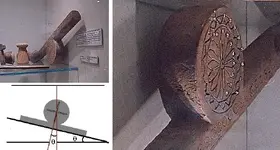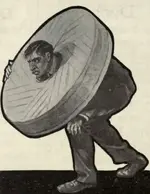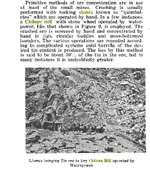Crow
Silver Member
- Joined
- Jan 28, 2005
- Messages
- 4,045
- Reaction score
- 11,254
- Golden Thread
- 0
- Location
- In a tax haven some where
- Detector(s) used
- ONES THAT GO BEEP! :-)
- Primary Interest:
- Other
I have only ever seen star bits with four cutting edges, but would like to see one with five, that would be kind of neat! BTW not to derail the topic here but a lot of drilling by the early prospectors and miners in the southwest was done with plain vanilla flat iron bits made by a blacksmith. You can drill a nice round hole with a flat bit, by the exact same method used with the star bits (rotating a quarter turn with each hammer blow) although most people today would not dream of using such slow and labor intensive methods, it was the 'only show in town'. Drill tools were used and re-used until they grew too short to use, have a collection of them myself mostly too short for use, found at old mines. If needed I can try my hand at photographing them and then posting it, but they are pretty ordinary looking iron bars with one end flattened to a chisel point, the other end mushroomed from hammering.
Please do continue,
Oroblanco
Simple flat point rock drill: <NOT from my collection but exactly similar>
View attachment 1059006
Star bit drill with four cutting edges, which I think is more modern than the Spanish colonial period but not sure:
View attachment 1059007



Oro hats of to you also for the fine post.
Crow









